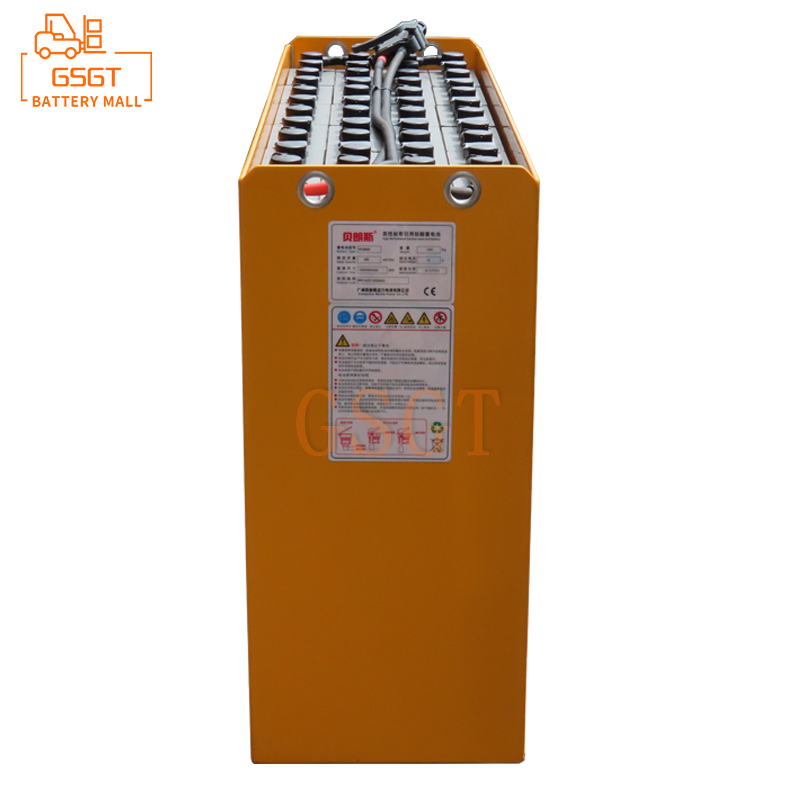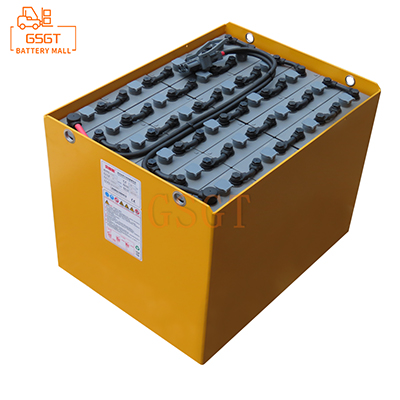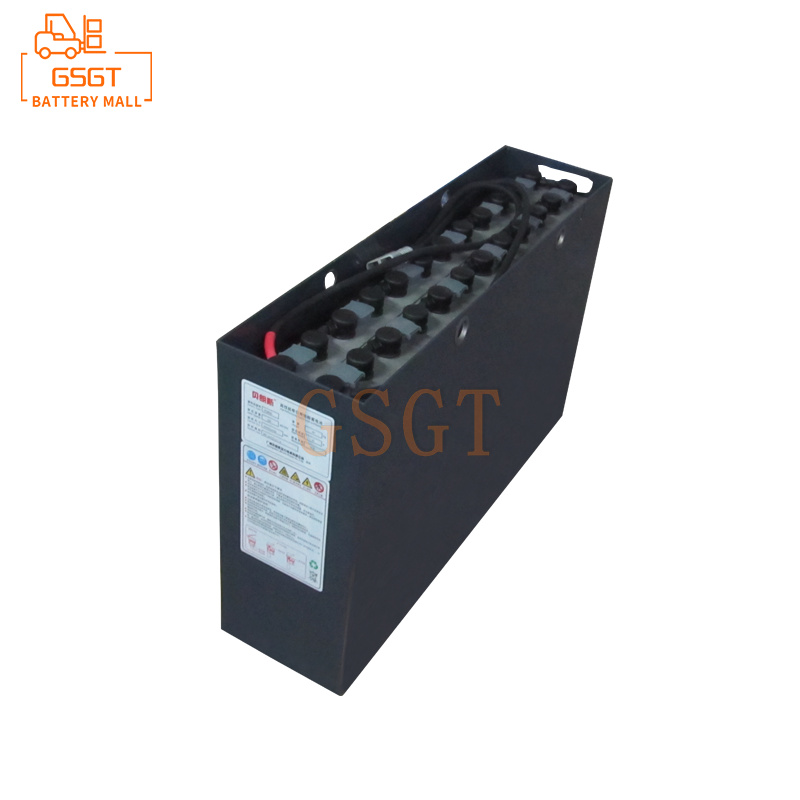Time:2025-03-26 10:05:45
Browse:610
In the field of energy storage, lead-acid batteries have long occupied an important position, with its advantages of low cost, mature technology, high and low temperature adaptability, etc., are widely used in automobile startup, communication base station backup power, electric bicycle power and other scenarios. However, with the progress of science and technology and the evolution of market demand, lead-acid batteries are facing many challenges such as improving performance, extending life, and reducing environmental impact. In this context, three new technological innovation tracks have gradually emerged, injecting new vitality into the lead-acid battery industry.
## New material application track
### High performance lead alloy plate material
The traditional lead-acid battery plate mostly uses lead-antimony alloy or lead-calcium alloy. However, there are some problems in the use of these alloys, such as antimony easy to cause battery water loss and calcium easy to cause early capacity loss. At present, researchers are working hard to develop new lead alloy materials. For example, adding trace amounts of tin, bismuth and other elements of multi-element lead alloy can effectively improve the corrosion resistance and mechanical strength of the plate. In an experiment, the lead-acid battery with a new type of lead alloy plate, after 500 cycles of charge and discharge, the capacity retention rate is 15% higher than that of the traditional alloy plate battery, which greatly extends the service life of the battery.
### New electrolyte additive
Electrolyte is the "medium" of the electrochemical reaction of lead-acid battery, and its performance directly affects the performance of the battery. The development of new additives has become a key breakthrough point. Like an organic polymer additive, it can form a stable network structure in the electrolyte, inhibit the growth of lead sulfate crystals, and reduce plate vulcanization. There are also some compounds with special functional groups that can be adsorbed on the surface of the plate to optimize the electrochemical reaction kinetics process and improve the battery charging and discharging efficiency. Part of the new additive electrolyte can increase the discharge capacity of the battery in a low temperature environment (-20℃) by 20%-30%, effectively solving the problem of poor low temperature performance of lead-acid batteries.
## Intelligent and digital track
### Intelligent Battery Management System (BMS)
When lead-acid batteries run under complex conditions, the traditional simple charge and discharge control can not meet the demand. The emergence of intelligent BMS makes up for this shortcoming. With a variety of built-in sensors, the BMS can monitor battery voltage, current, temperature, electrolyte density and other parameters in real time. Using these data, BMS can accurately control the charge and discharge process, prevent overcharge and overdischarge, and optimize battery performance. For example, in communication base stations, intelligent BMS can dynamically adjust battery output power according to base station load changes, extending battery life by 2-3 years, while reducing maintenance costs by 30%-40%.
### Remote monitoring based on big data and Internet of Things
With the Internet of Things technology, lead-acid batteries can achieve remote connection and data transmission. The battery data distributed in different areas is gathered into the cloud, and the big data analysis technology can be used to deeply dig the battery operation law and predict the battery failure. Operators can check the battery status anytime and anywhere through mobile phones, computers and other terminals to find potential problems and deal with them in time. In the logistics fleet, through the remote monitoring of the lead-acid battery of the electric forklift, the battery maintenance and replacement are arranged in advance to avoid the interruption caused by battery failure, and the logistics operation efficiency is improved by 15%-20%.
## Green manufacturing and recycling track
### Green production process
In the production of traditional lead-acid batteries, there are some environmental problems such as lead smoke, lead dust pollution and acid wastewater discharge. The new green production process aims to solve these problems. For example, using an internalized process instead of an externalized process can reduce lead smoke emissions by more than 80%. At the same time, the production process is optimized to realize the recycling of water resources and significantly reduce water consumption. Some enterprises through the introduction of advanced automated production equipment, while improving production efficiency, reduce the risk of lead pollution caused by manual operation, and promote the development of lead-acid battery industry to green and environmental protection.
### Efficient recycling technology
Lead-acid batteries contain a large number of recyclable resources such as lead and sulfuric acid, but there are problems such as low recovery rate and serious secondary pollution in the past recycling technology. Today, new and efficient recycling technologies are emerging. Based on the combination of physical separation and chemical refining, the recovery rate of lead can reach more than 98%, and the purity of recovered lead can meet the requirements of producing high quality plate. In the recovery process, the sulfuric acid is purified and purified to achieve the recycling of sulfuric acid, reduce resource waste and environmental pollution, and build a green closed loop of the whole life cycle of the lead-acid battery.
These three emerging racetracks - new material applications, intelligence and digitalization, green manufacturing and recycling - point the way for technological innovation in lead-acid batteries. Whether it is to improve battery performance, realize intelligent management, or practice the concept of green development, it will help lead acid batteries continue to glow in the future energy storage market and meet the ever-upgrading market demand.

$3810

$3405

$2040

$1060

MESSAGE
Professional And Efficient
Security
Affordable Price
Professional Services